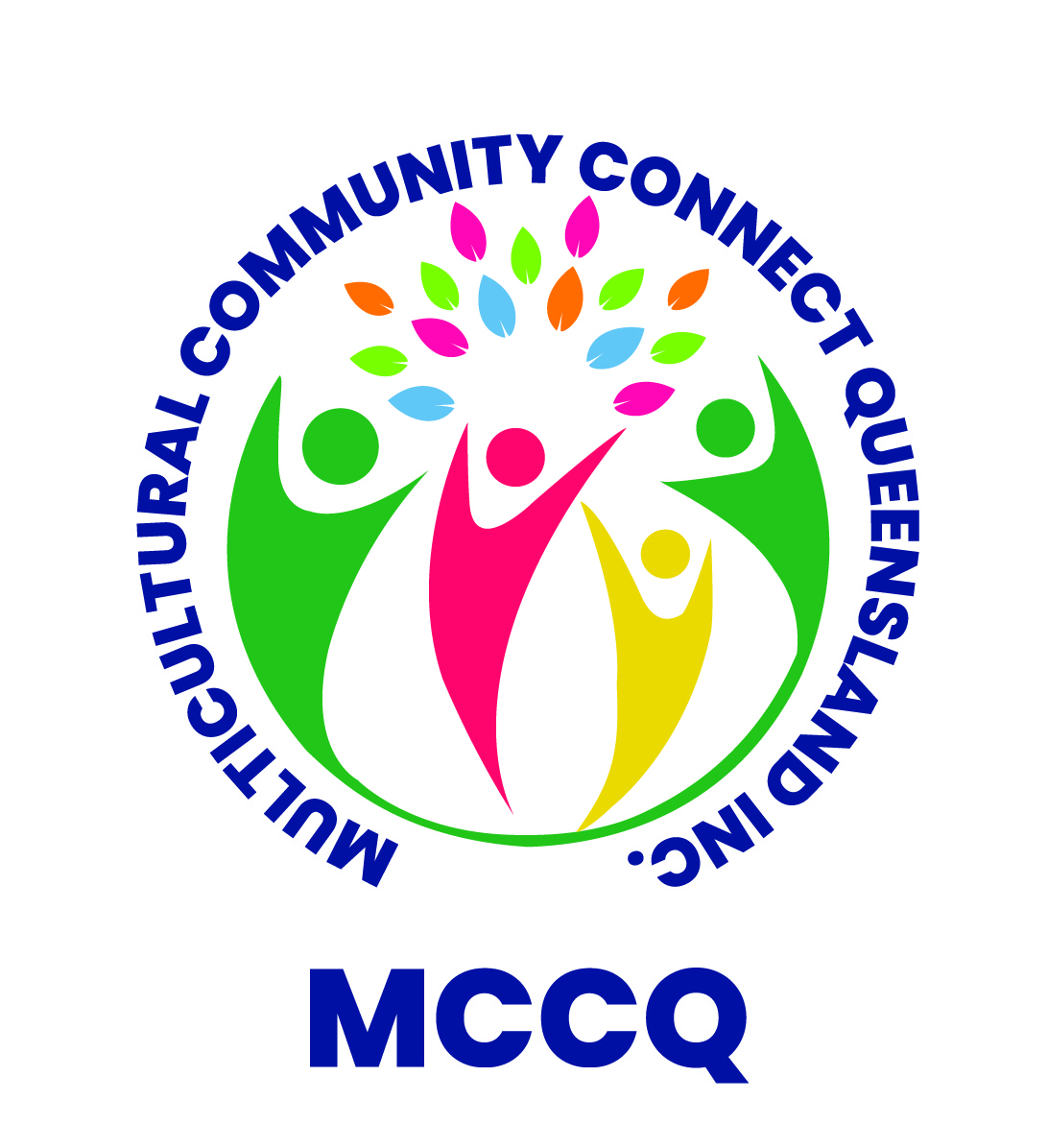
4 minute read
OUR TAKE
from MCCQ March 2024 Vol1 Issue1
by MCCQNews
Racism and Women of Different Faith
Brisbane, March 1, 2024
When we hear the term Muslim, many will either step back and not indulge and others will have opinions that may be stereotypical, and racially biased. When we say “Multicultural Women”, again they are subjected to stereotypes and biases.
The physical appereances of the women are usually the first discriminating factor; at the gender level and then the ethnic level.
The second being the accent they carry even though they speak English fluently.
Multicutural Women often are dressed in their traditional attires and have accents to their speech. Some may not know or have a good level of English vocabulary. Hence they become easy targets for racial comments. Muslim women with their attires and accents especially become the victims of such biases.
It is not just with Muslim women these days but women of other faiths also feel that racial discrimination in their work places, public places, healthcare systems and schools.
Acording to the Human Rights Commission and the Challenging Racism Project Research confirms that “ 20 per cent of Australians surveyed had experienced racial discrimination in the form of race hate talk, and about 5 per cent had been attacked because of their race.
According to the Scanlon Foundation’s Mapping Social Cohesion survey in 2016, 20 per cent of Australians had experienced racial or religious discrimination during the past 12 months.”
The Racism Discrimination Act of 1975 clearly mentions that it is unlawful to discriminate any person living in Australia on the basis of race, color, descent or national or ethnic origin.
The act says “Racial discrimination to be unlawful
(1) It is unlawful for a person to do any act involving a distinction, exclusion, restriction or preference based on race, colour, descent or national or ethnic origin which has the purpose or effect of nullifying or impairing the recognition, enjoyment or exercise, on an equal footing, of any human right or fundamental freedom in the political, economic, social, cultural or any other field of public life.”
The person here is defined as both Male, Female and also LGBTQ+
Yet, Racism in Australia exists even today and it has increased after COVID. Chinese women have been subjected to racism and racial slurs on streets of Australia during the COVID phases and beyond. African women are often stereotyped as being of refugee background, who are on government welfare schemes for their living. It is similar with Aboriginal Women who are often subjected to hate crimes and vilification. The failed Voice Referendum is an alarming occurence to rethink the racial discrimination policies and frameworks for Australia.
Various studies post pandemic have now looked at women racial discrimination. “Studies on pandemic racism’s effects on CALD people have focused on the poor (Bonilla-Silva, 2020; Laster Pirtle, 2020), including vulnerable international students (Berg and Farbenblum, 2020; Martin, 2020). The second ‘shadow pandemic’ lies in the issues women have faced since COVID-19 such as female international students’ economic constraints (Coffey et al., 2021), women of colour including Black women’s burden at home and at work (Laster Pirtle and Wright, 2021), single women’s isolation (Gao and Sai, 2020), sexual minority women (Riggle et al., 2021) and sex workers (Farley, 2020), as well as increased violence against women (Dlamini, 2021; Munir et al., 2021). Studies that address the intersection of pandemic racism and sexism are lacking (but see Laster Pirtle and Wright, 2021) and few have addressed the experiences of Asian women (but see Gao and Sai, 2021).”
All of the above studies have claimed that women of color experience racism and it is at varied levels from all strata. Despite these studies, and consultations by government and NGO’s studying the multicultural women’s voices, the racism has not reduced. Is that because we don’t want to change? or we don’t agree to the reseachers who have found evidences for racism. What more should then the government do to combat this monster?
Many such questions have been left unanswered and no solutions have been implemented or provided. Does this mean that racism should be normalised and internalised? As women, should we then keep silent and not do anything about it?










